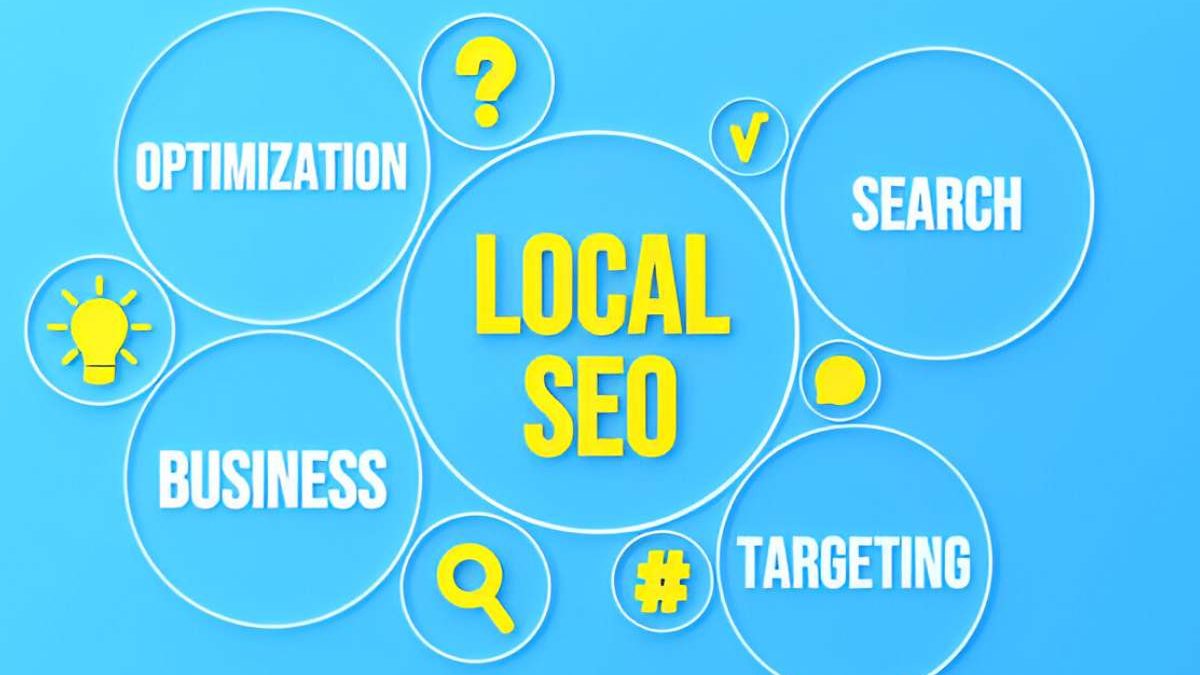Table of Contents
Why Local SEO Matters in Competitive Markets
In highly competitive marketplaces, standing out locally is critical for both large and small businesses. Nearly half of all Google searches seek local information, demonstrating that local intent drives significant traffic — and revenue — for businesses targeting their immediate communities. Integrating proven tactics from a dependable Denver SEO company can help businesses tap into this opportunity and gain traction where it counts most.
Local SEO isn’t just about getting found; it’s about being chosen when consumers are ready to act. According to recent research, 78% of local mobile searches result in offline purchases. This conversion rate underscores the importance of visibility in “micro-moment” searches when customers are ready to engage or buy. For businesses, mastering local SEO directly translates to higher foot traffic, more phone inquiries, and a greater share of loyal, returning customers.
Fundamentals of Local Search Optimization
The backbone of local SEO is accuracy and consistency in business information. Start by ensuring your business name, address, and phone number (NAP) are the same across all platforms, including your website, Google Business Profile, and online directories. Conflicting information can dilute your authority with search engines and lead to lost business. Claiming and optimizing your Google Business Profile is equally essential: it improves your chances of being featured in Google’s local 3-pack and highlights key details potential customers need.
Customer reviews play an instrumental role in building local credibility. Prompt responses to reviews – whether they are glowing recommendations or constructive criticism – show commitment to customer service and foster trust among prospective clients. In addition, keeping business hours, photos, and services up to date strengthens your listing’s appeal and utility. These efforts help establish your business as a reliable, authoritative choice in local search results.
Building a Strong Online Presence
A robust online presence extends well beyond an attractive business website. It requires active engagement in multiple digital spaces — from local directory listings to social media platforms — to expand your digital footprint. Join relevant online directories and ensure your NAP details remain consistent to avoid confusion. Build an ongoing strategy to collect reviews on Google, Yelp, and industry-specific platforms, as positive feedback directly influences rankings and credibility.
Social proof is essential in convincing customers to choose your business over competitors. Responding professionally and promptly to positive and negative feedback demonstrates transparency and genuine care for customer experience. Don’t overlook mobile optimization; with over 60% of local searches coming from mobile devices, your website should load quickly and display key information. Consider exploring tips from Search Engine Journal’s local SEO guide for further insights.
Content Tailored for Local Audiences
Crafting content that resonates with your local audience is a powerful differentiator in a saturated market. Target hyperlocal keywords — including neighborhood names, local landmarks, or community events — in landing pages, blog posts, and FAQs. Writing about local happenings, special events, and seasonal promotions signals to search engines and users that your business is active in the community.
In-depth guides about your local area, collaborations with fellow businesses, and spotlights on local culture further root your company in the community, inviting return visits. Creating high-quality, locally relevant content builds trust, encourages sharing, and enhances overall search visibility.
Popular Local SEO Tools and Analytics
Tracking your local SEO efforts is essential for data-driven decision-making. Tools like Moz Local, SEMrush, and BrightLocal monitor how consistently your business appears across directories, track improvements in keyword rankings, and identify growth opportunities. Google Analytics helps assess which local landing pages, posts, or locations generate the most visits and conversions.
Combining insights from these tools enables you to adjust strategies based on real performance, not just assumptions. Data-driven improvements — such as refining underperforming pages or doubling down on successful keywords — maximize ROI and keep you ahead in competitive local markets.
Case Studies Proving Local SEO Impact
Real-world stories highlight the tangible gains from local SEO. A boutique retailer, for example, launched a local landing page strategy and saw a 45% spike in calls and store visits over three months. Likewise, a restaurant’s consistent updates to its Google Business Profile and active encouragement of customer reviews resulted in a notable jump in reservations. For broader industry benchmarks and trends, see the latest local search ranking study by Moz.
These case studies emphasize that local SEO can have measurable, rapid effects across industries. Whether increasing foot traffic or improving reservation rates, staying visible and engaged in your community delivers quantifiable results even in crowded sectors.
Common Challenges and Solutions
- Consistent NAP Data:Errors or outdated information can undermine SEO efforts. Conduct regular audits of digital listings to ensure that details are accurate across the web.
- Negative Reviews:Turn criticism into positive branding by replying quickly, empathetically, and constructively. Prospective customers value responsive businesses.
- Stiff Competition:Niche and hyperlocal keywords — such as specific neighborhoods or community services — can help smaller businesses outshine bigger competitors.
- Changing Algorithms:Follow search industry updates from sources like Search Engine Land regularly to stay ahead of Google’s evolving criteria.
Future Trends in Local SEO
Technology is rapidly reshaping local SEO. Voice search continues to grow, meaning content must increasingly account for conversational and location-specific queries. Emerging technologies such as augmented reality and AI-driven recommendations are likewise making the discovery of local businesses more interactive and personalized.
roactive businesses experiment with video content, interactive maps, and real-time customer engagement to reach new audiences. Those who remain agile and willing to test new channels and tactics will be best positioned to attract and keep local customers as technology and consumer preferences evolve.
Also Read: Photoacompamhamte: The Art and Purpose of the Photograph

